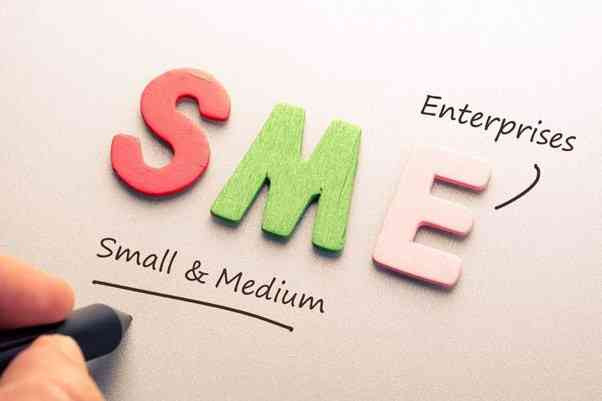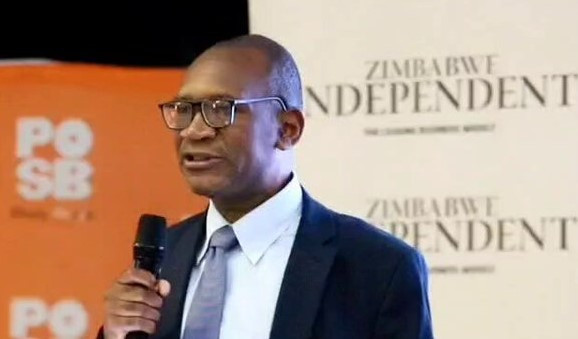
LAST month, sugar manufacturer Hippo Valley Estates Limited (Hippo) reported a drop in demand for its sugar from the beverage industry due to Sugar Tax. The Sugar Tax is charged at US$0,001 per gramme of sugar in beverages and US$0,0005 for cordials, adding costs for beverage manufacturers. Consequently, Hippo is grappling with cost pressures and reduced market uptake. The company is reassessing its production and pricing strategies to sustain profitability. In this interview, our group business editor Tatira Zwinoira (TZ) sits with Hippo chief executive officer Tendai Masawi (TM, pictured) to discuss developments at one of the country’s most strategic firms.
TZ: How has the Sugar Tax affected the business?
TM: It is an uneven tax on sugar which is not equally applied to artificial sweeteners. This has resulted in beverage manufacturers changing formulations to include these sweeteners at the expense of our natural sugar. This has reduced our volume of sales to beverage manufacturers, forcing us to export sugar at a loss.
TZ: Are you seeing a decrease in demand?
TM: Local beverage manufacturers, who have tried to price up their products to absorb this Sugar Tax, have seen their volumes shrinking as the market found it cheaper to import similar products from neighbouring countries who do not have this Sugar Tax.
TZ: Is this decline translating to a reduction in revenue for you, and if so, by how much?
TM: As less sugar is consumed in the beverages, this represents a decline in the domestic demand. We have to export it as excess to be sold at international prices, which are very low. International prices are dictated by Brazil, who produces sugar for export, as they operate with subsidised input costs. About 30 000MT of sugar is being exported.
TZ: What is your planned capex for the upcoming year and how will this be spent?
- Delta pays US$20m sugar tax in 9 months
- US$30,8m collected from sugar tax: Govt
- Doctors turn screws on govt
- Sugar tax: Govt cornered over cancer fund
Keep Reading
TM: We are planning to spend about US$20 million on capex, with slightly above 60% earmarked for retooling and capacitating the agriculture side of the business and another 25% on the milling business unit, in addition to the usual annual maintenance costs.
TZ: How are you raising the money for capex?
TM: The money will come from internal cash generated from own operations with support from some bank financing.
TZ: How is production progressing and what is the forecast for the year?
TM: Production has been good so far and we should end the year positively. As at the first half, both cane processed and sugar produced are above budget and prior year. Ethanol production is doing well, and ahead of budget as well.
TZ: You mentioned that you are generating a huge amount of power.
TM: Our Triangle and Hippo mills generate 24MW (megawatt) and 27MW, respectively. Hippo exports 10MW to the national grid, while Triangle's excess power is mainly used in cane irrigation due to the power-intensive nature of installed equipment. Triangle still exports small amounts as and when irrigation demand reduces.
TZ: What do you do during the off-peak season for power when you do not have access to bagasse?
TM: Currently, we rely on Zesa with whom we have a preferential supply agreement. However, we are in the middle of installing solar power back-up for Hippo, Triangle and Mwenezana Estate. The solar power will add to current exports once mills start producing electricity in season.
TZ: Please briefly describe this Zesa deal?
TM: We keep close contact with Zesa and have a working relationship. They do appreciate the green energy we are putting in the system. It is important to note that our irrigation peak power demand is between October and February, during which period our mills are off. Irrigation is critical to ensure adequate water reaches the cane roots.
TZ: You talked about export, but as a subsidiary of Tongaat Hulett, who which already has subsidiaries operating in the region how exactly can that take place?
TM: Each Tongaat Hulett operation operates autonomously. Excess sugar produced in each of the countries where sugarcane is produced — Zimbabwe, Mozambique, and South Africa — is exported. We currently also export to Botswana, who do not produce their own sugar.
TZ: You said you are exporting to the USA. Tell us more
TM: The USA is a lucrative export market, even after the recent tariff revisions. The US offers a tariff quota where we can export a given quantity of raw sugar at preferential tariff rates. The resulting price is favourable compared to the open international prices.
TZ: Considering how large the informal sector is, are you targeting this sector?
TM: The informal sector is indeed significant. Due to current legislation on route to market and the need for KYC (know-your-customer) and fiscalised tax invoicing, we do not deal directly with the informal sector. However, our route to market is mainly dominated by wholesalers who supply the informal sector.
TZ: In terms of forex, what is the breakdown in your revenue mix?
TM: The forex proportion of revenue is roughly 80%, though it fluctuates on a month-to-month basis.
TZ: Hippo Valley Estates Limited also announced plans to trim its workforce before the close of financial year 2026. Can you give us an update?
TM: To date, 39 employees have left and the company scaled down on the number of fixed-term employees. The company has put in place measures to freeze recruitment and only key positions are recruited externally if there are no internal candidates, in line with our succession plans.
TZ: Why retrenchments now? How much will you save?
TM: This is ongoing as we are also reviewing our structures in line with our operating model.
TZ: What challenges are you facing as a business?
TM: The business faces a number of significant challenges. Among them are the following:
Although electrical power supply has improved, the cost, especially at peak demand, is very high, thus increasing the cost of doing business.
Labour costs remain unsustainably high, especially when benchmarked with prevailing minimum wages within the agricultural sector.
The cost of sugarcane is also very high given regional benchmarks. For example, the cane purchase price is US$71/t when in countries such as Kenya, it can be much lower at US$45/t, depending on market forces. Further cane price based on division of proceeds is 77% in favour of farmers versus a regional average range of 50–65%.
Water security is increasingly becoming a challenge as the infrastructure in the form of water convenyancing systems is no longer adequate to sustain a growing cane farmer body. Urgent intervention is required in this area.
The taxation regime in the country is not favourable with numerous taxes increasing the cost of doing business.
TZ: Please give us a brief outlook.
TM: Despite the challenges faced by the business, we are very optimistic the season will end well with the company surpassing its targets.
The prospect of a good rainy season as forecast by the meteorological office has renewed hopes the economy will further stabilise with more disposable income in the hands of consumers.
As a company, we are delighted to advise there is more than adequate sugar on the local market to not only take us through the festive period but well into the next cane selling season.











